HVDC4ISLANDS: HVDC and Hybrid DC/AC Technologies for Reconfigurable Energy Islands
Future plans for construction of both onshore and offshore Energy Islands assume a whole set of new design and operational challenges based on inherent flexibility of hybrid DC/AC networks and HVDC technologies. The conventional approach to integration of renewable sources uses either their direct connection to AC grids or an application of point-to-point, single vendor HVDC solutions. Expandable and reconfigurable Energy Islands as a validated concept will represent a unique solution that combines technological and market aspects of energy production and multi-vector demand with the availability of renewable sources.
The aim of HVDC4ISLANDS is to address and improve principal operational and economic aspects of Energy Islands and, in particular, to introduce the necessary concept of expandability to HVDC and hybrid DC/AC systems. New solutions for control, operation and protection of multi-terminal hybrid DC/AC grids will be sought and then validated using HIL and PHIL approaches.
Offshore platforms acting as Energy Islands already generate large amounts of renewable energy, typically through offshore wind farms, and use it to power surrounding regions. There are several planned projects in Europe to construct such islands in order to reduce carbon emissions and meet climate targets. HVDC4ISLANDS aims to address the objectives defined in this Call Module CM2023-01 Direct current (DC) technologies for power networks and to respond to the main R&I gaps and challenges identified in the framework of SET Plan, such as interoperability, energy management solutions, voltage and power level management, hybrid DC distribution converters, optimal design and operation concepts for hybrid grids (HVDC and HVAC), clear understanding and simulations of the dynamics of a power grid with high penetration of power electronics, and operational and control principles for multi-terminal HVDC and MVDC networks, as well as hybrid AC/DC networks.
The proposed expandability features will inherently lead to reduction of maintenance and operation related costs, improved system monitoring and diagnostics and reduced environmental impact of transmission grids. Furthermore, among the expected impacts are the availability of validated solutions for the control, operation, and protection of DC and hybrid networks, the promotion and fostering of European leadership in solutions and technologies related to the operation and control of DC networks, and the enabling of the concept of energy islands both onshore and offshore to optimize the integration of renewable energy sources in a multi-vector energy system.
Partners: IMDEA Energy Institute (Coordinator) (Spain); RWTH Aachen (Germany); ICCS-NTUA (Greece); University College Cork – MAREI (Ireland); AIT Austrian Institute of Technology (Austria); SINTEF Energy (Norway); SUBSEA 7 (Norway); HYSTAR (Norway); FRONIUS International (Austria)
Funding Institution/Program: European Union & Spanish Ministry of Science, Innovation and Universities MICIU / Spanish National Agency AEI / 10.13039/501100011033
Clean Energy Transition Partnership (CETP-2023-00045 / PCI2024-155045-2)
Call: CET Partnership Joint Call 2023 / 2nd Spanish National Call for grants 2024 for International Colaborative Projects (PCI2024-2)
Type of action: Research and Innovation Action
Period: December 2024 – November 2027
IMDEA Energy Institute external funding: 275.000,00 €
Principal Investigator: Dr. Milan Prodanovic
This project has received funding by the CETPartnership, the Clean Energy Transition Partnership under the 2023 joint call for research proposals, co-funded by the European Commission (GA N°101069750) and with the funding organizations AEI (National State Research Agency, Spain), PtJ (MWIKE) (Projekträger Jülich/Forschungszentrum Jülich GmbH, Germany), GSRI (General Secretariat for Research and Innovation, Greece), SEAI (Sustainable Energy Authority of Ireland), FFG (Austrian Research Promotion Agency) and RCN (The Research Council of Norway).



